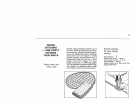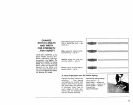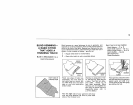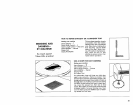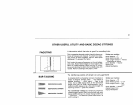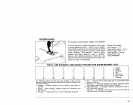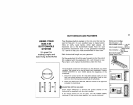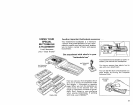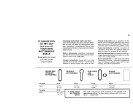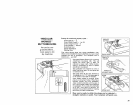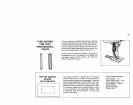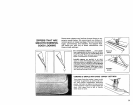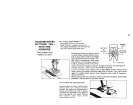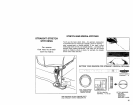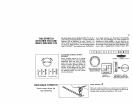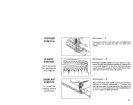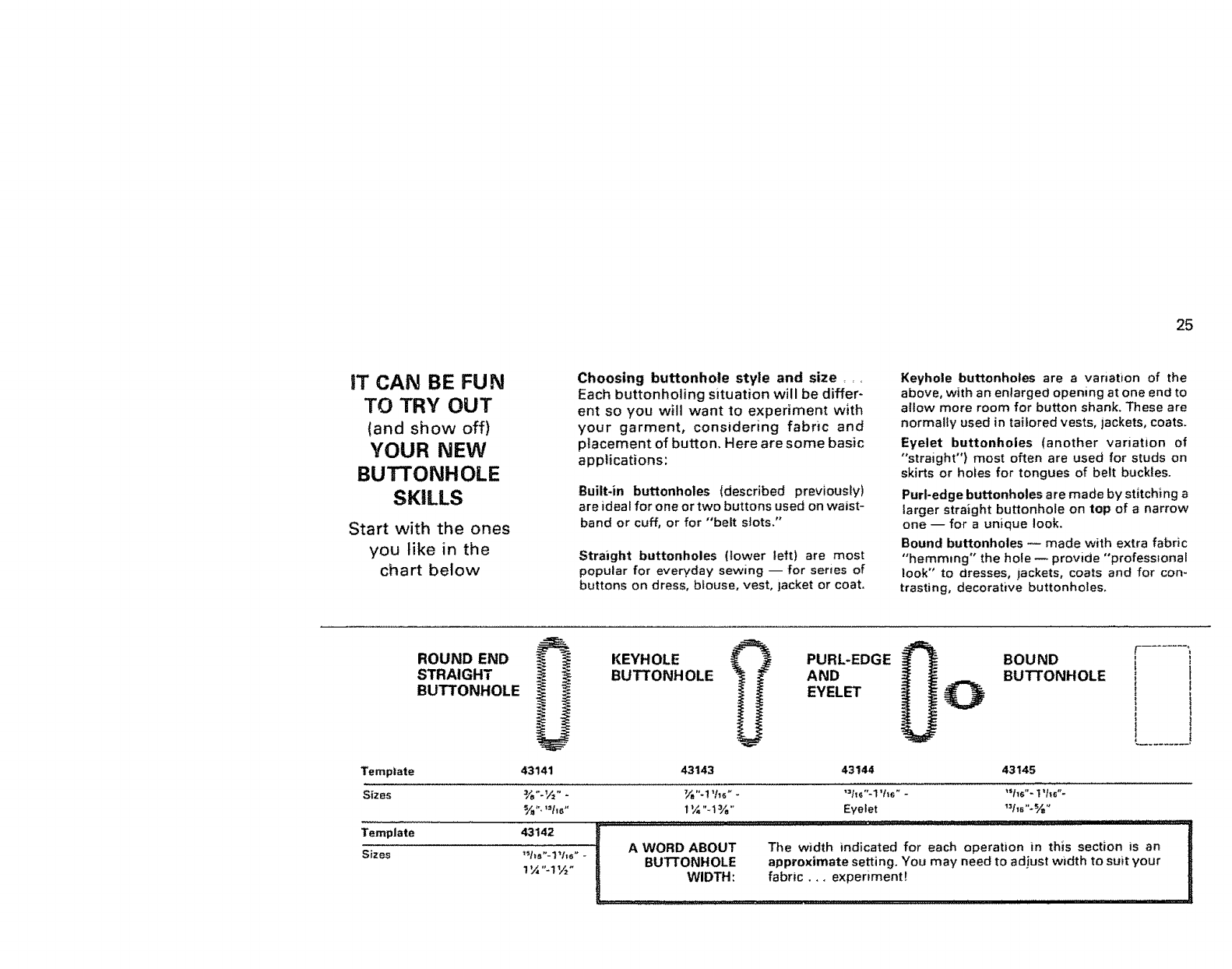
25
IT CAN BE FUN
TO TRY OUT
(and show off)
YOUR NEW
BUTTONHOLE
SKILLS
Start with the ones
you like in the
chart below
Choosing buttonhole style and size _
Each buttonholing situation will be differ-
ent so you will want to experiment with
your garment, considering fabric and
placement of button, Here are some basic
applications:
Built-in buttonholes (described previously)
are ideal for one or two buttons used on waist-
band or cuff, or for "belt slots."
Straight buttonholes (lower left) are most
popular for everyday sewing -- for series of
buttons on dress, blouse, vest, jacket or coat.
Keyhole buttonholes are a variation of the
above, with an enlarged opening at one end to
allow more room for button shank. These are
normally used in tailored vests, jackets, coats.
Eyelet buttonholes (another variation of
"straight") most often are used for studs on
skirts or holes for tongues of belt buckles.
Purl-edge buttonholes are made by stitching a
larger straight buttonhole on top of a narrow
one -- for a unique look.
Bound buttonholes -- made with extra fabric
"hemming" the hole -- provide "professional
look" to dresses, lackets, coats and for con-
trasting, decorative buttonholes.
ROUND END
STRAIGHT
BUTTONHOLE
i
KEYHOLE _ PURL-EDGE
BUTTONHOLE AND
EYELET
BOUND
BUTTONHOLE
Template
Sizes
Template
Sizes
43141
_/_,'._slld'
43142
1¼".1½"
43143 43144 43145
"-! _f_6"- '_'hd'-I 't_ " - W_d'- I thd'-
1¼ "-t _" Eyelet _=/_"-%"
I
f
I
I
t
I
t



